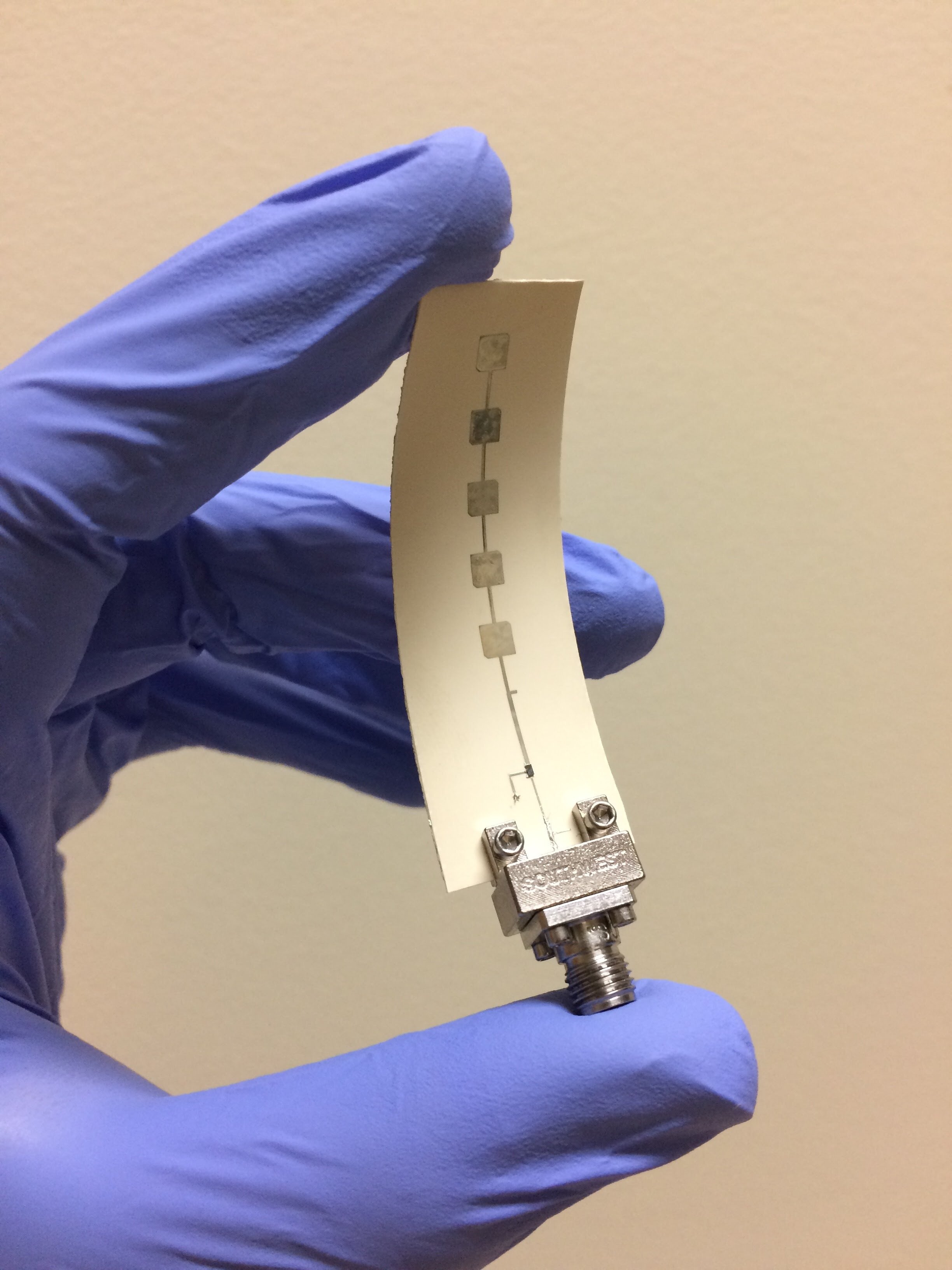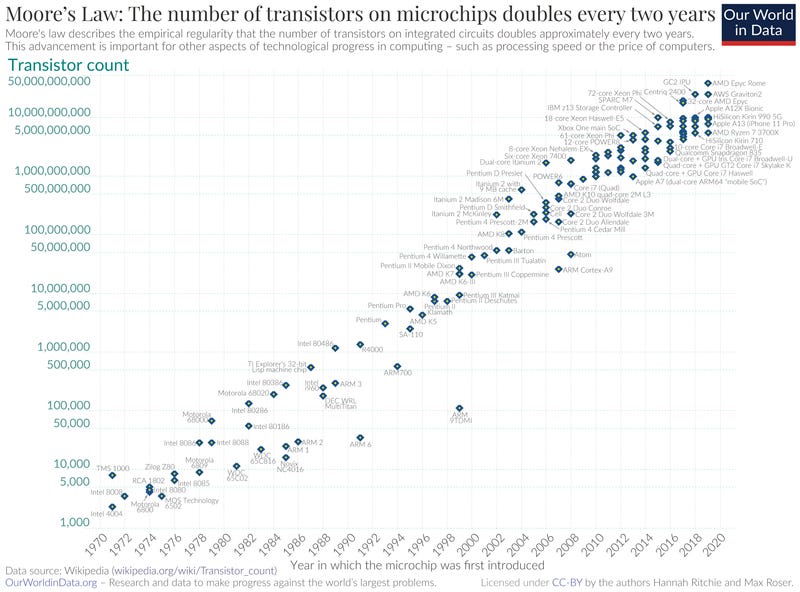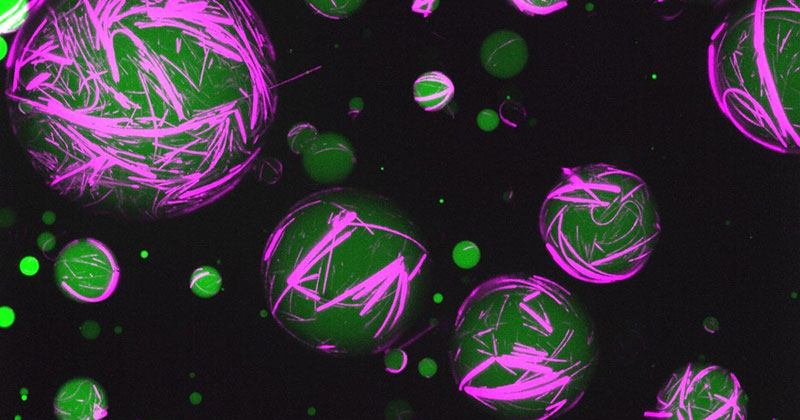
Performance per Watt Is the New Moore’s Law
Moore’s Law has long acted as a roadmap for the tech industry. What started as a prediction – that the number of transistors on a chip would double approximately every two years while the relative cost decreased – became a blueprint for progress, a self-fulfilling prophecy that has seen processors shrink from 2,250 transistors in an area of 12 mm2 to current designs with more than a hundred million transistors per square millimeter.
These advancements have transformed the user experience, fuelling increasingly sharp digital images, high-fidelity gaming and ever-more accurate speech and image recognition as computers and mobile devices become more powerful and more streamlined with every iteration.
But, as I wrote back in 2019, Moore’s Law is nearing its end. The rate of progress is slowing – transistors are getting so small that there are just a few dozen atoms along their gates, and the structure of individual grains of polycrystalline copper is a key consideration in signal timing.
When Moore’s Law was originally conceived, computing was relatively new and exciting. Despite scientist Eunice Foote Newton having first demonstrated the greenhouse effect as far back as 1856, human-influenced climate change was a possibility that was only just beginning to be considered – and that was partly because the computers needed to make the calculations were just becoming available.




















/https%3A%2F%2Ftf-cmsv2-smithsonianmag-media.s3.amazonaws.com%2Ffiler_public%2F6f%2F64%2F6f64a534-be29-44a3-a883-0c19b5e99984%2Fab1_-_branched_bamboo_coral_3689_7-25-09_jsl_0589.jpg)




